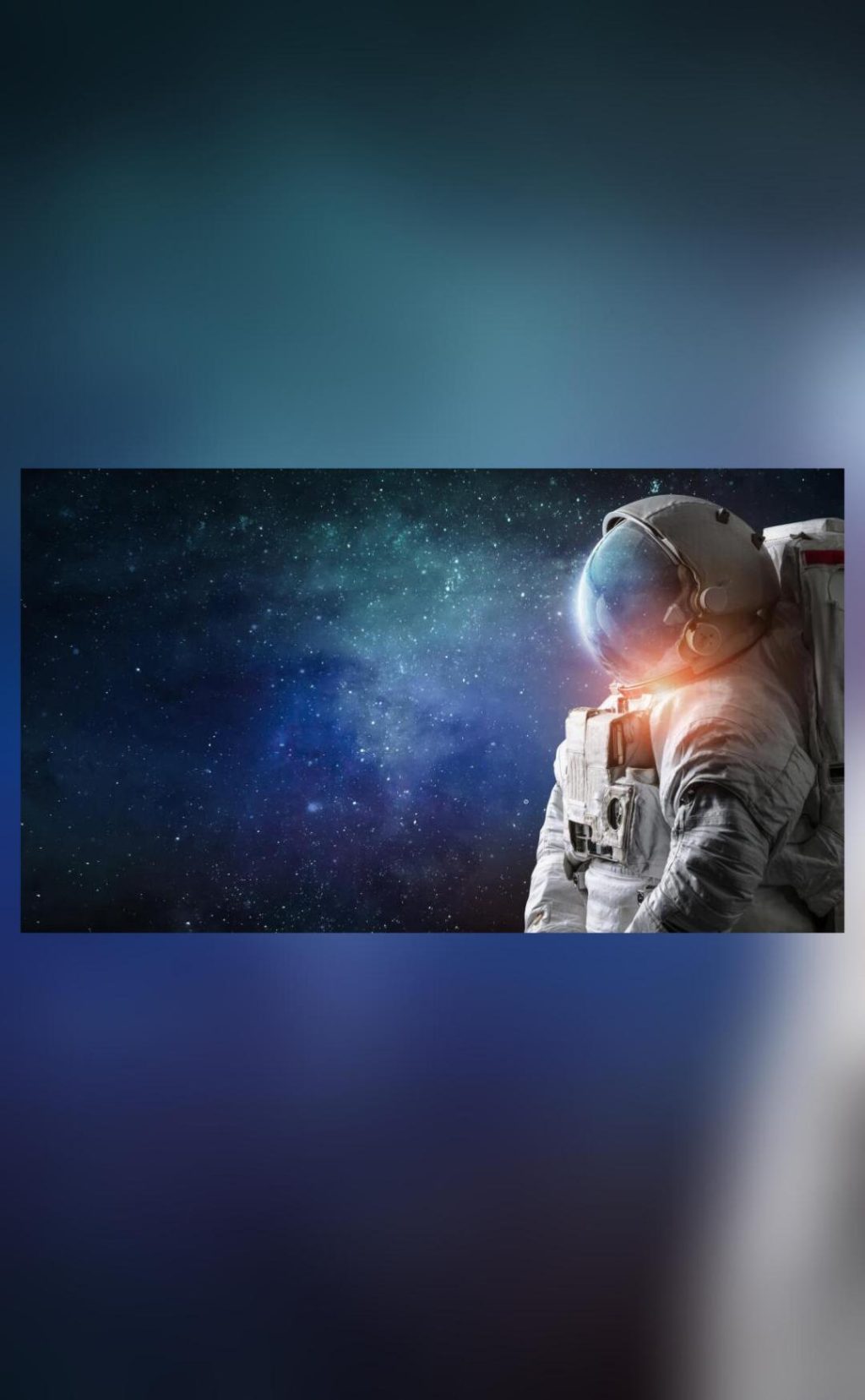
Google & NASA Create AI Medical Assistant for Mars Missions
As humans continue to push the boundaries of space exploration, the need for innovative solutions to ensure the health and well-being of astronauts becomes increasingly crucial. In a groundbreaking collaboration, NASA and Google have developed an AI-powered medical assistant designed to keep space travelers healthy and safe during long-duration missions. This cutting-edge technology, known as the Crew Medical Officer Digital Assistant (CMO-DA), is poised to revolutionize medical care in space.
The CMO-DA is an AI system that utilizes Google Cloud’s Vertex AI platform to process speech, text, and images. This multimodal system enables it to analyze and diagnose medical conditions with remarkable accuracy. In a recent test, the CMO-DA achieved diagnostic accuracy rates of 88% for ankle injuries and 80% for ear pain. These impressive results demonstrate the potential of AI to improve medical care in space, where access to medical specialists may be limited.
The development of the CMO-DA is a result of the close collaboration between NASA and Google. The two organizations have been working together to leverage the power of AI and machine learning to address the unique challenges faced by astronauts during space missions. The CMO-DA is designed to assist medical officers on board spacecraft, providing them with instant access to medical knowledge and expertise.
In an interview, Dr. Brian P. Smith, NASA’s Chief Health and Medical Officer, emphasized the significance of this collaboration. “As we prepare to send humans to Mars and beyond, it’s essential that we develop innovative solutions to ensure their health and well-being. The CMO-DA is a critical component of our strategy to provide top-notch medical care in space.”
The CMO-DA is equipped to diagnose and treat a range of medical conditions, from minor injuries to life-threatening illnesses. Its multimodal capabilities enable it to understand and respond to voice commands, text-based queries, and even analyze medical images. This versatility makes it an invaluable tool for medical officers, who can rely on the CMO-DA to provide expert guidance and support.
One of the key advantages of the CMO-DA is its ability to learn and adapt over time. As more data is fed into the system, it becomes increasingly accurate and effective in diagnosing medical conditions. This ability to learn and improve is critical in the rapidly evolving field of space medicine, where new medical challenges and situations arise frequently.
The CMO-DA is also designed to be highly portable and adaptable, making it an ideal solution for space missions. Its compact size and low power requirements enable it to be easily integrated into spacecraft, where space and energy are limited. Furthermore, the CMO-DA can be updated and upgraded remotely, ensuring that medical officers have access to the latest medical knowledge and technologies.
The development of the CMO-DA is not only a testament to the power of AI and machine learning but also a reflection of the growing collaboration between NASA and Google. In recent years, the two organizations have worked together on a range of initiatives, from developing AI-powered weather forecasting tools to creating autonomous drones for search and rescue missions.
As NASA and Google continue to push the boundaries of what is possible, the CMO-DA is poised to play a critical role in the next chapter of space exploration. With its impressive diagnostic accuracy rates and multimodal capabilities, this AI-powered medical assistant is set to revolutionize medical care in space, ensuring that astronauts receive the best possible care during their journeys to the Red Planet and beyond.






